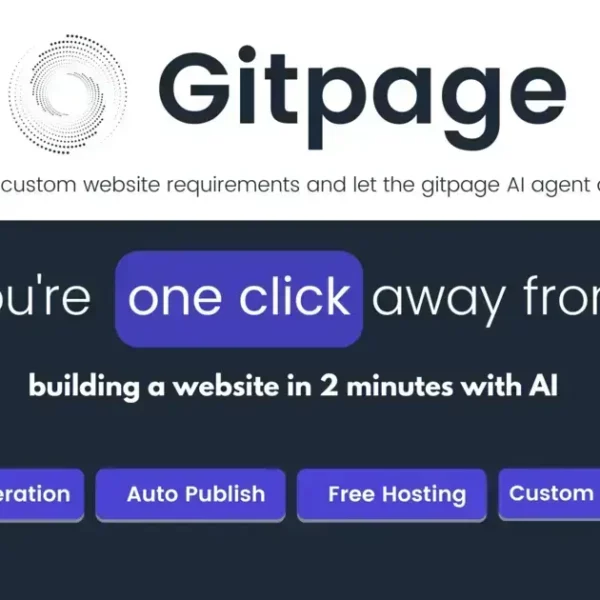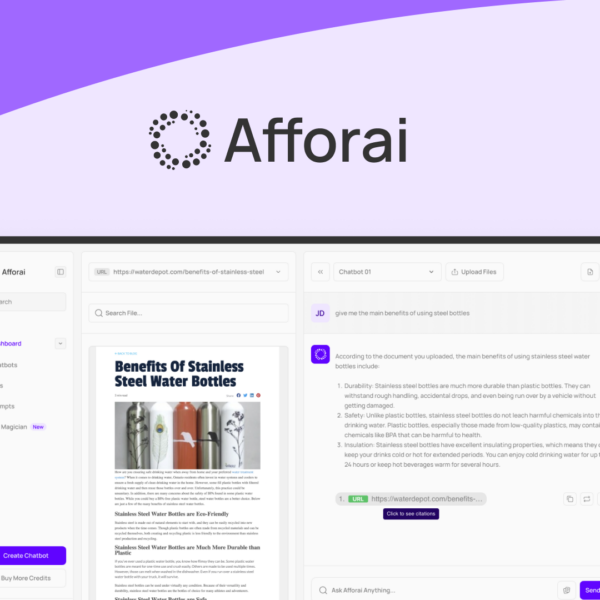In today’s fast-paced world, HR workflows play a critical role in streamlining processes like recruitment and payroll. Are you ready to discover how structured systems can save your HR team time and reduce errors?
HR workflows are essential for managing tasks effectively in any organization. They help in organizing personnel management, recruitment, and payroll processes. By having a clear workflow, HR teams can function seamlessly. This also improves employee engagement and satisfaction.
What is an HR Workflow?
An HR workflow is a series of steps that guide HR activities from start to finish. It can include everything from hiring new staff to processing payroll. Having structured workflows helps avoid mistakes and keeps everyone on track.
Benefits of HR Workflows
Efficiency: By using HR workflows, teams can save time. This allows HR to focus on more vital tasks such as employee development.
Consistency: Workflows ensure that everyone follows the same process. This encourages fairness and uniformity in employee treatment.
Compliance: HR workflows help keep the organization compliant with laws and regulations. Following a set process makes it easier to maintain records and stay within legal boundaries.
How to Create Effective HR Workflows
First, identify the tasks that need a workflow. This could be hiring, training, or payroll. Next, outline the steps involved in each process. Finally, involve your HR team in testing and refining these steps. Get their feedback to ensure efficiency and clarity.
Regularly review and update your workflows to adapt to changes in the workplace. Doing so helps keep them relevant and effective.




